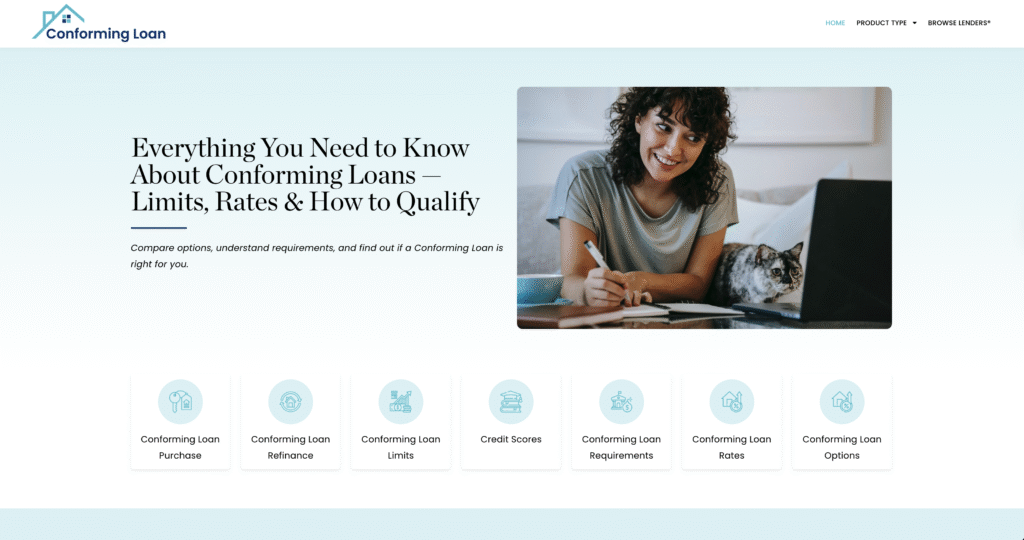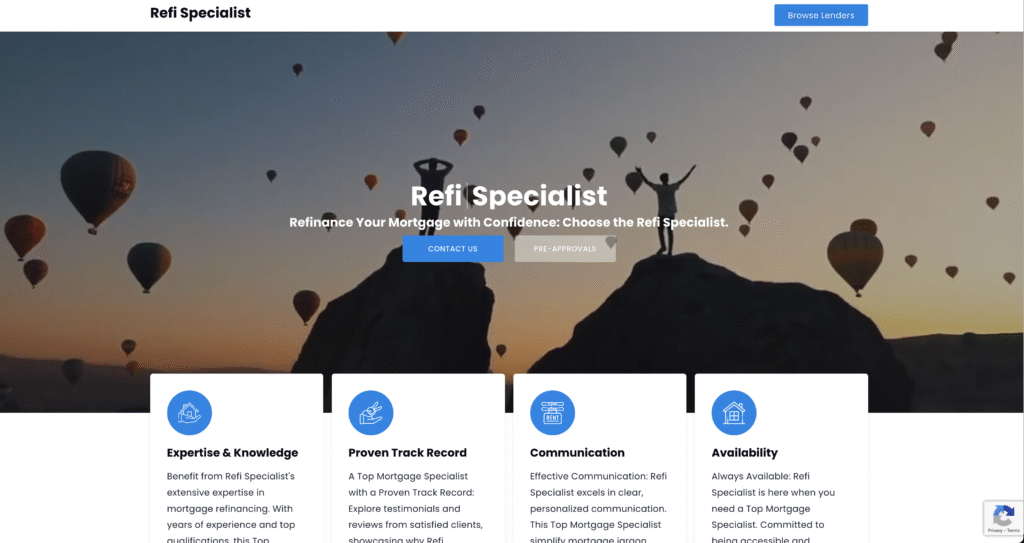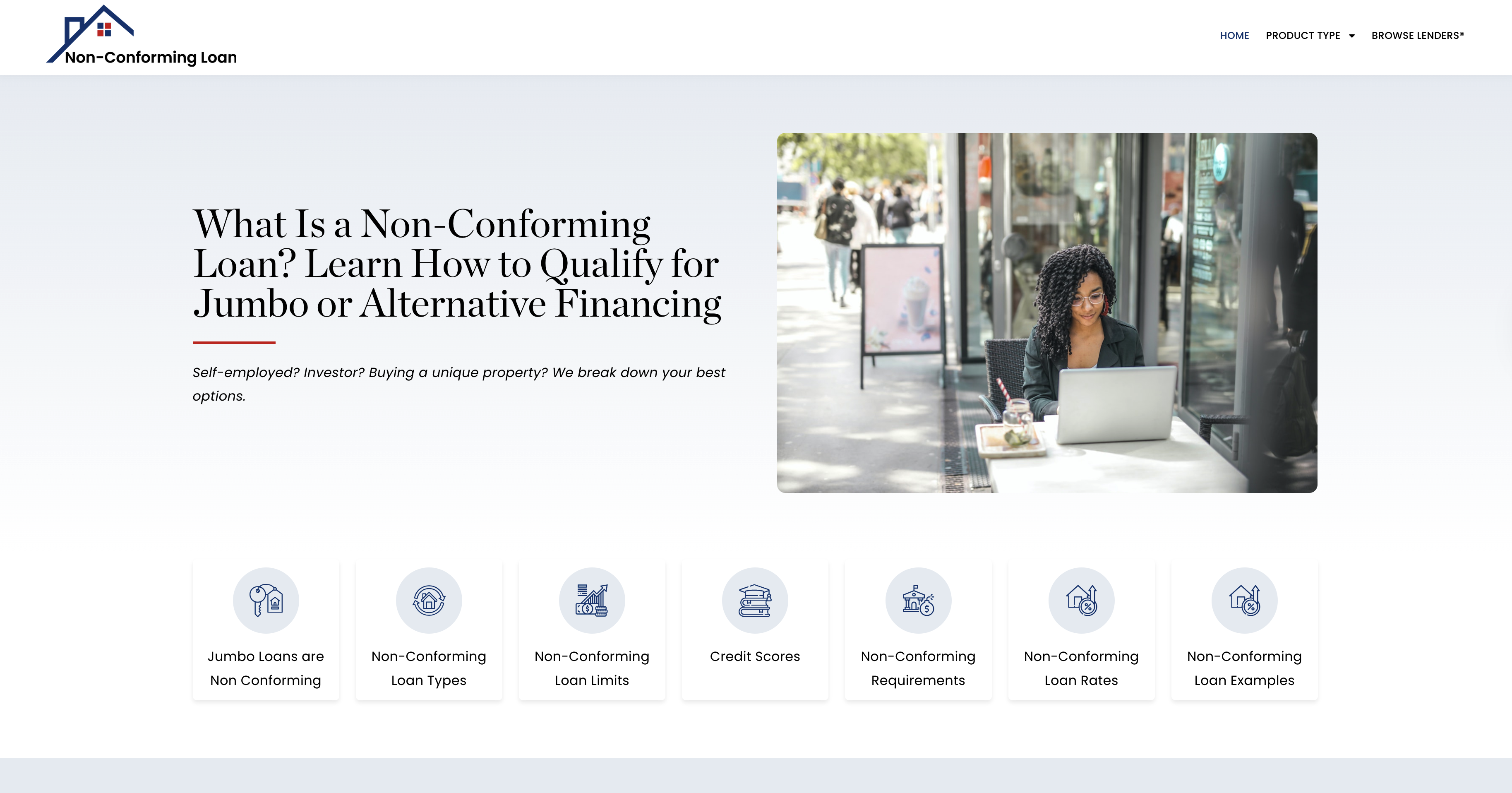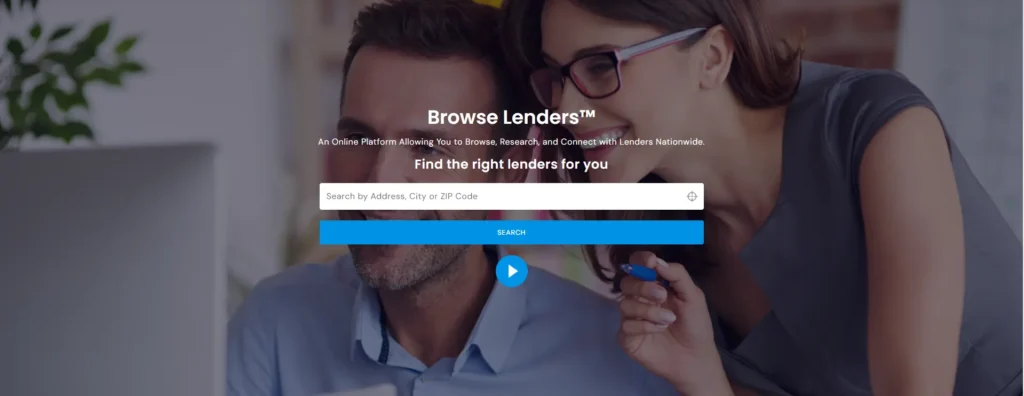Case Study: The Couple Who Created a Custom Budget to Qualify for a Mortgage
When Sarah and Devon decided it was time to buy their first home, they assumed they were ready. They had steady jobs, no late payments, and a modest down payment saved. But when their mortgage application was reviewed, they were hit with a surprise: their Middle Credit Scores® were below the lender’s required threshold, and their debt-to-income (DTI) ratio was too high. The lender didn’t just decline their pre-approval—it outlined a list of corrections needed before they could even be reconsidered. Frustrated but determined, the couple realized that generic budgeting wouldn’t cut it. They needed a custom financial plan—not just to save more, but to specifically position them to meet underwriting requirements.
They started with a deep dive into their credit reports and spending habits. Sarah carried a few high-utilization credit cards that, while paid on time, were nearly maxed out. Devon had a low-limit store card with a balance that was impacting his utilization ratio more than he realized. Their student loans and car payments, although current, created a monthly obligation that left little breathing room. What they thought was “doing fine” financially turned out to be just enough to get by—not enough to move forward. They quickly learned that what matters to mortgage lenders isn’t just stability—it’s optimization. Their credit needed to improve. Their budget needed to evolve.
The couple built a custom budget with mortgage readiness at its core. Unlike their previous one-size-fits-all spreadsheet, this new plan tracked specific credit score factors, including payment history, credit utilization, cash flow, and total reserves. They segmented their income into strict categories—essentials, variable, debt reduction, and savings—with the goal of lowering their DTI while simultaneously raising their scores. They even budgeted down to the statement dates of their credit cards, paying balances early so lower utilization would be reflected on their credit reports. Every choice became strategic. Every dollar had a job. And within five months, the results began to show.
Sarah’s Middle Credit Score® rose 62 points, and Devon’s jumped by 48. Their overall DTI ratio dropped below the lender’s threshold after they paid off two small balances and reduced credit usage across the board. They also automated savings for reserves and delayed a planned vacation to prioritize their closing costs. By the eighth month, they were pre-approved—not just because they earned enough, but because their financial behavior now aligned with lender expectations. They made an offer on a two-bedroom starter home near Sarah’s workplace, and this time, the application sailed through. They closed 45 days later.
But their story doesn’t end at the closing table. The custom budget they built didn’t just help them qualify—it became the financial system they now live by. It includes maintenance savings, emergency funds, and automatic payments for utilities, mortgage, and recurring bills. What started as a reactive scramble to “fix” their finances became a proactive foundation for their life as homeowners. They no longer hope they’re doing the right thing—they know it, because their budget is built for their goals, their needs, and their future.
In Part 2 of this case study, we’ll detail the couple’s exact custom budgeting strategy—from how they structured their categories and payoff timeline to the tools they used to track progress and boost their Middle Credit Scores®. Whether you’re planning to buy in 3 months or 3 years, their approach offers a clear roadmap to building not just a down payment, but a financial profile that says “we’re ready.”
Step-by-Step Breakdown
When Sarah and Devon were denied mortgage pre-approval, they didn’t give up—they got strategic. They used that moment as a wake-up call, dissected the lender’s feedback, and built a customized budgeting system with one clear goal: qualifying for a mortgage. By aligning their monthly finances with mortgage underwriting criteria and Middle Credit Score® benchmarks, they improved their credit, reduced their debt-to-income ratio (DTI), and were approved just eight months later. Here’s the exact process they followed.
Step 1: Review Lender Feedback and Analyze Credit Reports
After their denial, the couple reviewed key reasons:
- Middle Credit Scores®: Sarah (621), Devon (638) – below the 640 FHA threshold
- DTI Ratio: 44% combined – above the 43% preferred limit
- Credit utilization: Sarah’s cards above 65%, Devon’s store card maxed
- No cash reserves beyond down payment
They ordered all three credit reports, highlighted problem areas, and drafted a budgeting response plan built around those weaknesses.
Step 2: Build a Mortgage-Readiness Budget Blueprint
They segmented their budget with mortgage-aligned priorities:
| Category | Monthly Budget | Notes |
|---|---|---|
| Fixed Expenses | $2,150 | Rent, utilities, insurance |
| Groceries & Transportation | $700 | Lowered by meal prepping and carpooling |
| Minimum Debt Payments | $650 | Auto loans, student loans, and credit cards |
| Extra Paydown (Snowball) | $300 | Started with highest-utilization card |
| Down Payment Savings | $500 | Auto-transferred on payday |
| Emergency Reserve Fund | $250 | Targeted 2 months of projected mortgage cost |
| Fun/Discretionary | $200 | Cut in half to reach goals |
| Total | $4,750 | Based on dual net income (~$6,200/month) |
Step 3: Prioritize Utilization Reduction and Score Gains
They focused on reducing credit utilization, the fastest way to boost their scores.
| Account | Owner | Balance | Limit | Strategy |
|---|---|---|---|---|
| Credit Card A | Sarah | $1,450 | $2,000 | Paid $150/month until <30% usage |
| Store Card B | Devon | $700 | $750 | Paid $200/month until under 50% |
| Credit Card C | Joint | $3,300 | $5,000 | Paid $250/month |
Within four months:
- All cards under 30%
- One card fully paid off
- Sarah’s Middle Score rose to 667; Devon’s hit 683
Step 4: Calculate and Track Debt-to-Income (DTI) Ratio Monthly
They tracked DTI using this formula:
(Total monthly debt obligations ÷ Gross monthly income) x 100
| Month | Monthly Debt | Gross Income | DTI Ratio |
|---|---|---|---|
| Month 0 | $2,700 | $6,400 | 42% |
| Month 4 | $2,300 | $6,600 | 34% |
| Month 8 | $1,950 | $6,800 | 28.6% |
They lowered DTI by:
- Paying down balances
- Deferring unnecessary purchases
- Avoiding new debt
Step 5: Build a Down Payment + Reserve Strategy
To impress underwriters, they saved beyond the required 3.5% FHA down payment. Their system:
- $500/month → High-yield “House Fund” account
- Lump-sum additions:
- Tax refund: $2,100
- Stimulus check: $1,400
- Side hustle sales: $300/month average
| Savings Account | Purpose | Amount Saved |
|---|---|---|
| House Fund | Down payment | $9,100 |
| Mortgage Buffer | 2-month reserves | $2,600 |
This gave them credibility with the lender and improved mortgage readiness.
Step 6: Organize All Documents for Pre-Approval Reattempt
Knowing underwriters request documentation, they created a “mortgage binder” with:
- Pay stubs (3 months)
- Bank statements (3 months)
- W-2s and tax returns (2 years)
- Credit report copies with progress notes
- Debt paydown tracker
- Budget overview with projected housing expenses
They also documented budget practices to show long-term planning.
Step 7: Avoid Credit Activity During Review Window
To prevent red flags:
- Froze all new credit inquiries
- Delayed upgrading a vehicle
- Used debit only for new purchases
- Avoided closing paid-off cards
- Declined credit line increase offers
This allowed scores to stabilize and improved credit profile continuity.
Step 8: Test Mortgage Affordability in Real Time
They used a “Simulated Mortgage Test” in their budget:
- Estimated mortgage: $1,300/month
- Added it as a line item in their budget for 3 months
- Redirected that amount to reserves weekly
This proved they could afford the mortgage while also saving and maintaining low utilization.
Step 9: Pre-Approval Reattempt and Final Budget Check
At month 8, the couple reapplied.
| Requirement | Month 0 | Month 8 (Pre-Approval) |
|---|---|---|
| Sarah’s Middle Score | 621 | 686 |
| Devon’s Middle Score | 638 | 701 |
| DTI Ratio | 42% | 28.6% |
| Down Payment | $3,000 | $9,100 |
| Reserves | $0 | $2,600 |
✅ Result: Approved for a conventional loan with 5% down and no PMI required.
Step 10: Convert Custom Budget into a Homeowner System
After closing, Sarah and Devon adjusted their budget:
| Post-Closing Category | Monthly Allocation | Notes |
|---|---|---|
| Mortgage + Escrow | $1,320 | Fixed housing cost |
| Utilities + HOA | $450 | Adjusted for new property |
| Maintenance Reserve | $200 | Sinking fund for repairs |
| Property Taxes (Buffer) | $100 | Accounted for seasonal changes |
| Emergency Fund Rebuilding | $250 | Continued from previous plan |
Their custom budgeting skills helped them transition from renters to stable, confident homeowners.
Tools They Used
- Google Sheets – Custom budget tracker and DTI calculator
- Ally Bank – High-yield savings buckets
- Credit Karma + Experian – Score monitoring
- PDF Scanner App – Document submission and archiving
- Mortgage Budget Binder – Physical and digital versions for organization
Final Advice from Sarah & Devon
“We thought budgeting was just about saving. But it’s really about proving to lenders—and to ourselves—that we’re ready. The custom plan we created wasn’t just about qualifying. It gave us the tools to thrive once we got the keys.”
Middle Credit Score® Support Center
Browse Lenders® – Speak with a Lending Expert






